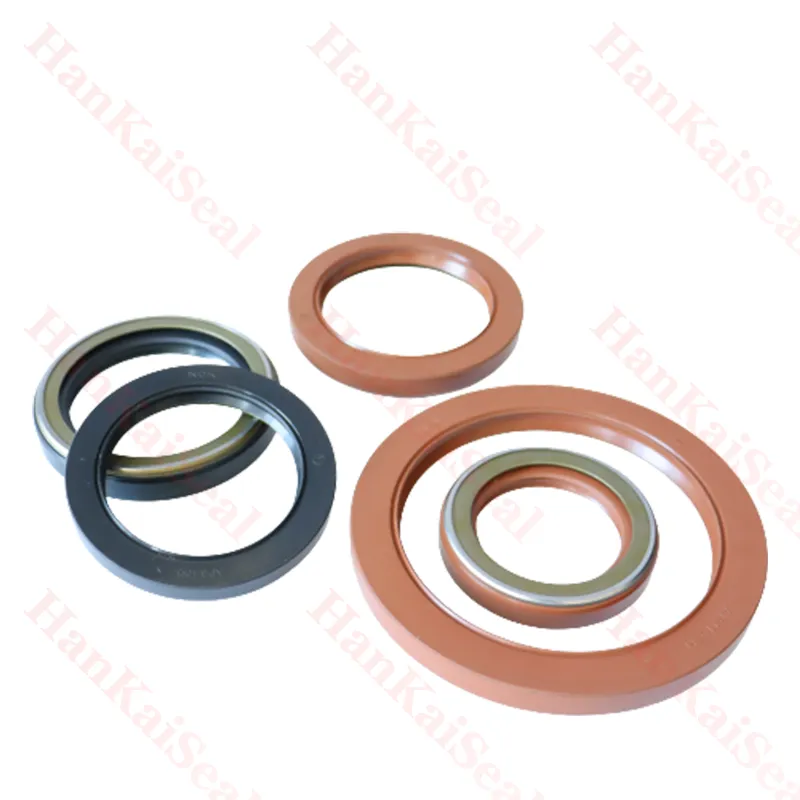Aug . 06, 2024 10:21 Back to list
Tips for Effectively Repairing Hydraulic Cylinder Seals to Ensure Optimal Performance and Longevity
Hydraulic Cylinder Seal Repair A Comprehensive Guide
Hydraulic cylinders are essential components in various machinery, providing the force needed to move heavy loads. These devices operate using a pressurized fluid, which means that maintaining their integrity is crucial for optimal performance. One of the most common issues faced by hydraulic systems is seal failure. Over time, seals can wear out, leading to leaks and reduced efficiency. Therefore, understanding hydraulic cylinder seal repair is vital for anyone who relies on hydraulic systems.
Understanding Hydraulic Cylinder Seals
Hydraulic cylinder seals are designed to prevent fluid leakage and contamination in hydraulic systems. They ensure that the hydraulic fluid remains within the cylinder, allowing it to create pressure that moves the piston. The effectiveness of seals depends on various factors, including material composition, operating conditions, and maintenance practices. Common seal materials include rubber, polyurethane, and Teflon, each suited for different applications and working environments.
Signs of Seal Failure
Recognizing signs of seal failure early can help minimize damage and extend the life of your hydraulic cylinder. Some of the most common indicators include
1. Fluid Leakage The most obvious sign is hydraulic fluid leaking from the cylinder. Puddles of fluid around the base of the cylinder can indicate a failing seal. 2. Decreased Performance A noticeable drop in the cylinder's performance, such as slow operation or inability to hold pressure, may suggest that the seals are worn.
3. Unusual Noises Any grinding, hissing, or popping sounds during operation could indicate issues with the seals or other internal components.
hydraulic cylinder seal repair

Repairing Hydraulic Cylinder Seals
Repairing hydraulic cylinder seals is a task that can be performed by experienced technicians or DIY enthusiasts, provided they follow proper procedures. Here’s a basic outline of the repair process
1. Safety First Before beginning any repair, ensure that the hydraulic system is depressurized and the machinery is turned off. Wear appropriate personal protective equipment (PPE) to safeguard against hydraulic fluid and sharp components.
2. Disassembly Carefully disassemble the hydraulic cylinder. Take note of the order of components, and use labeled containers to keep track of various parts. It is advisable to consult the manufacturer’s manual for specific disassembly instructions.
3. Inspect Components Once disassembled, thoroughly inspect the cylinder and its components for signs of wear or damage. This includes the cylinder bore, piston, and rod. Any damaged parts should be replaced to prevent future failures.
4. Replace Seals Carefully remove the old seals, ensuring that no debris enters the cylinder during this process. Install new seals, making sure they are aligned properly to avoid leaks.
5. Reassemble and Test Reassemble the hydraulic cylinder in the reverse order of disassembly. After reassembly, fill the system with the appropriate hydraulic fluid and test the cylinder under low pressure to check for leaks. Gradually increase the pressure while monitoring for any signs of failure.
Conclusion
Hydraulic cylinder seal repair is a critical maintenance task that ensures the longevity and efficiency of hydraulic systems. By recognizing the signs of seal failure and following a systematic repair process, operators can avoid costly downtime and extend the life of their equipment. Regular maintenance and inspections can also preemptively address seal wear, promoting optimal performance and reliability in hydraulic operations.
-
TCN Oil Seal Metal Ring Reinforcement for Heavy Machinery
NewsJul.25,2025
-
Rotary Lip Seal Spring-Loaded Design for High-Speed Applications
NewsJul.25,2025
-
Hydraulic Cylinder Seals Polyurethane Material for High-Impact Jobs
NewsJul.25,2025
-
High Pressure Oil Seal Polyurethane Coating Wear Resistance
NewsJul.25,2025
-
Dust Proof Seal Double Lip Design for Construction Equipment
NewsJul.25,2025
-
Hub Seal Polyurethane Wear Resistance in Agricultural Vehicles
NewsJul.25,2025
-
The Trans-formative Journey of Wheel Hub Oil Seals
NewsJun.06,2025
Products categories
















